How Nonprofits Can Use Behavioral Science to Engage Supporters on Social Media
Nonprofit Tech for Good
JULY 1, 2020
She helps brands grow engagement and build relationships with their audience. Invite online supporters to participate in your campaign because it gives them a sense of purpose, responsibility and helps them feel empowered. From virtual concerts, live performances and interviews with medical experts, St.

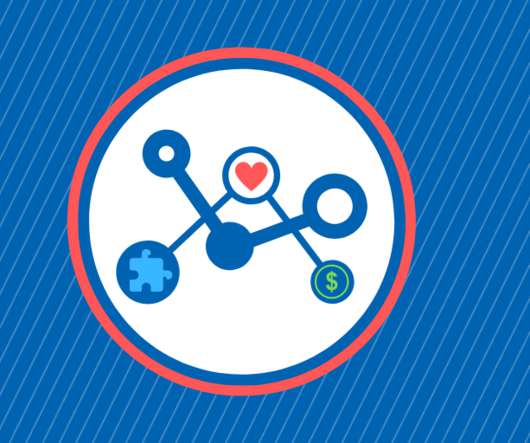
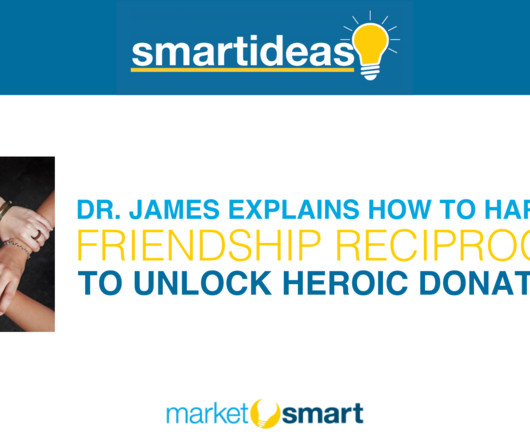


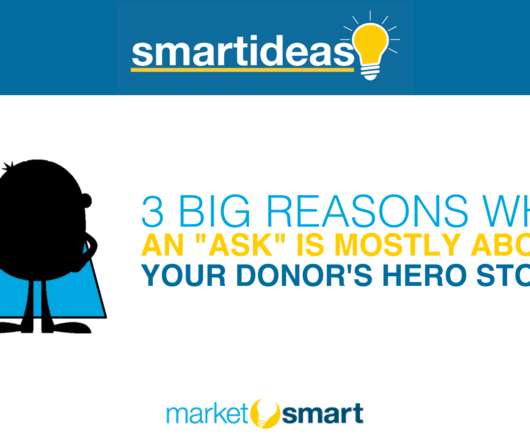

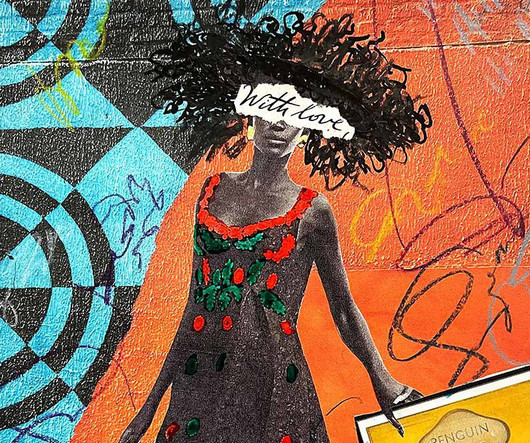
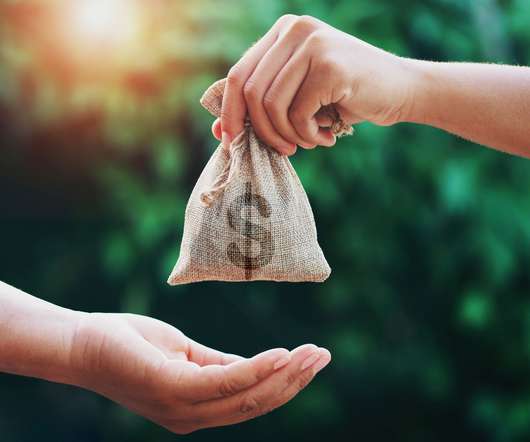






Let's personalize your content